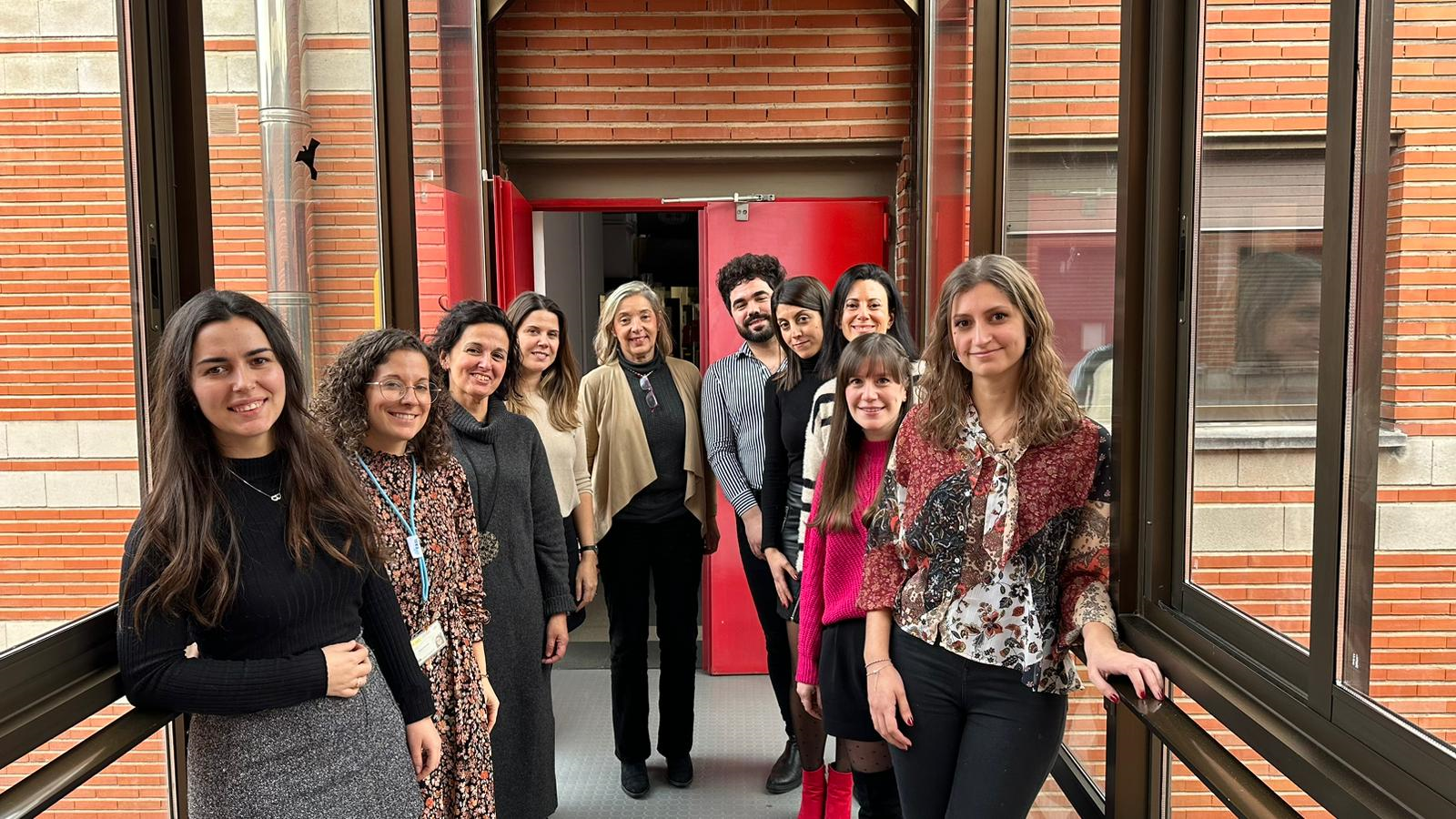Hepir: MOLECULAR MECHANISMS OF INSULIN RESISTANCE

Insulin resistance is an early event in the development of type 2 diabetes mellitus (T2DM). The close relationship between metabolism and the immune system (immunometabolism) plays an essential role in the development of insulin resistance and T2DM, both associated with obesity states. Changes in the intestinal microbiota that occur in obese individuals are the first trigger for chronic low-grade inflammation that alters the functions of the tissues responsible for the body's glycemic homeostasis control. Among them, the liver is a target organ for pro-inflammatory mediators from the intestine (endotoxins) and adipose tissue (cytokines, adipokines, free fatty acids, and reactive lipid species) which can recruit circulating monocytes that, along with resident macrophages (Kupffer cells), contribute to exacerbating intrahepatic inflammatory response. These conditions determine the progression of non-alcoholic fatty liver disease (NAFLD), currently referred to as metabolic-associated fatty liver disease (MAFLD). It is a chronic disease with a high incidence among the obese and insulin-resistant population, starting with fat accumulation in the liver (steatosis) and progressing to stages of steatohepatitis (NASH), fibrosis, cirrhosis, and ultimately hepatocellular carcinoma (HCC).
Our laboratory investigates the interrelation between different liver cells in NAFLD progression. To this end, we have hepatic cellular models (hepatocytes, Kupffer cells, oval progenitor cells, and hepatic stellate cells) and extrahepatic models (endothelial and smooth muscle vascular cells), as well as preclinical models that recapitulate the different stages of NAFLD, with a particular focus on NASH and fibrosis stages. At the translational level, we investigate the role of hypoxia in NAFLD progression, focusing on studying the transcription factors HIF1 and HIF2 in liver cells, as well as evaluating the impact of intermittent hypoxia on the cardiometabolic comorbidities associated with metabolic syndrome.
Other aspects of interest in the group regarding NAFLD include studying the interactome between extracellular vesicles, particularly exosomes, released by hepatocytes in response to the lipotoxic environment, and the rest of non-parenchymal liver cells, as well as other extrahepatic cell types including vascular system cells involved in NAFLD development and progression and associated vascular damage. Furthermore, we are identifying new therapeutic approaches to combat/halt this disease, including multiagonist incretin analog peptides and interleukin 1 beta inhibitors. Additionally, we are exploring the role of different growth factors as new direct biomarkers for the non-invasive diagnosis of the different stages of NAFLD.
Our group has coordinated the MSCA-ITN TREATMENT action (GA 721236) dedicated to studying metabolic alterations derived from chronic treatment with second-generation antipsychotic drugs. Specifically, we study the effect of these treatments on insulin secretion by pancreatic beta cells and on the peripheral actions of insulin.
Furthermore, we are interested in understanding the impact of inflammation on brown adipose tissue in relation to insulin responses and beta-adrenergic agonists in the context of obesity and insulin resistance. One of our objectives is to enhance the activation and/or presence of brown or beige adipose cells to improve the functionality of these fat depots in a chronic proinflammatory context.
Research projects in the last 5 years:
- [2022-2025]. SPANISH STATE RESEARCH AGENCY. Obesity and comorbidities: advances in the research on tissue/cell interactomes in its development and therapeutic interventions (OBE-INT). Ref. PID2021-122766OB-I00. PI: Ángela María Martínez Valverde.
- [2021-2023]. EUROPEAN FOUNDATION FOR THE STUDY OF DIABETES (EFSD). Extracellular vesicles: new insights into their role in liver-pancreas interactome in T2D. PI: Ángela Martínez Valverde.
- [2021-2023]. SPANISH INNOVATION AGENCY. Identification of metabolic biomarkers for chronic diseases and treatments Ref. EIN2020-112263 PI: Ángela Martínez Valverde.
- [2018-2022]. COMMUNITY OF MADRID. Molecular Mechanisms and inter-tissular communication in insulin resistance. Ref. B2017/BMD-3684 MOIR2-CM. Coord. Gema Medina Gómez, PI: Ángela M. Valverde.
- [2017-2020]. MARIE SKODOWSKA-CURIE ACTIONS: TREATMENT (Training European Network: Metabolic Dysfunctions associated with Pharmacological Treatment of Schizophrenia). Ref. 721236. Coord: María Monsalve y Ángela Martínez Valverde
- [2019-2021]. RAMÓN ARECES FOUNDATION. New messengers in the interactome between hepatic and extra-hepatic cells in non-alcoholic fatty liver disease with diagnostic value. IP: Ángela Martínez Valverde
- [2019-2021]. MINISTRY OF SCIENCE, INNOVATION AND UNIVERSITIES. Advancing in the knowledge of cellular and molecular mediators in the progression and treatment of non-alcoholic fatty liver disease associated with obesity. Ref. RTI2018-094052-B-I00M. PI: Angela Martínez Valverde.
Contracts with companies:
- Effect of GLP-1/glucagon analogs in hepatic regeneration. Ref. contract with CSIC: 20124527. Company: MEDIMMUNE (Astra Zeneca) (2012-2018). Principal Investigator: Ángela Martínez Valverde
- Experimental designs for studies on the role of G49 in diet-induced obesity in mice and human cells: impact on inflammation and mitochondria. Ref. contract with CSIC: 20182844. Company: MEDIMMUNE (Astra Zeneca) (2018-2019). Principal Investigator: Ángela Martínez Valverde.
- Experimental designs on multiagonist peptides in obesity and metabolic disease. Ref. contract with CSIC: 20216173 Company: Pep2Tango Therapeutics (Maryland, USA). PI: Ángela Martínez Valverde (2021-2014)